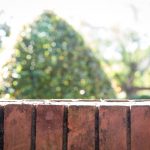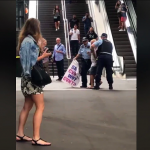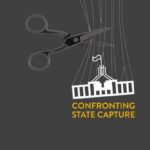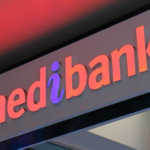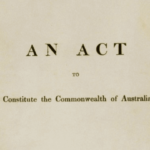Look Out, Fake Fifties About
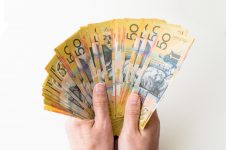
Police have warned New South Wales business owners they should be alert when accepting $50 banknotes after investigating counterfeit currency used in Goulburn last week.
Recent reports suggest the problem of counterfeit cash in Australia is widespread and costing Australians dearly. This week, the Sydney Morning Herald claimed, “Organised crime syndicates are flooding Australia with counterfeit $50 banknotes, costing businesses and consumers millions of dollars”.
The article quotes an “underworld source” saying “The bad $50s are rampant right now” and claims the number of counterfeit notes has tripled in the last two years.
Households and small businesses dealing in cash are usually targeted by those looking to offload counterfeit cash. Bad notes are rarely detected until the profits of a hard day’s work are rejected by the bank and the notes are seized by police.
How big is the problem?
There are a range of security features already included on the Australian fifty dollar bill, but its 20 year old design means those features are becoming vulnerable to abuses of advanced digital imaging and printing technology.
The Reserve Bank of Australia (RBA) is introducing a new set of banknotes with upgraded security features on 1 September this year, starting with the $5 note.
Denying that the introduction of new bank notes is a reaction to the flood of counterfeit fifties, the RBA said:
“Australia has one of the safest and most secure currencies in the world and has experienced relatively low levels of counterfeiting for many years. To ensure that this continues to be the case, the Reserve Bank researches anti-counterfeit technologies and developments in banknote design. The results of this work have culminated in a project to upgrade the security of Australia’s banknotes.”
The new notes are also designed to assist the visually impaired to be more independent by using tactile features to distinguish between denominations.
The Cost of Currency Counterfeiting report by the RBA supports the argument that there is no reason for alarm. The report found that during 2013 about $1.2 million in counterfeit notes were detected—about 16 out of every one million Australian banknotes at a cost of five cents to each taxpayer.
Overseas figures are much higher. The equivalent of $44 million in fake notes was detected in Europe and $19 million in the United Kingdom.
The RBA report stated “the results suggest that there are significant pay-offs from efforts to prevent and deter counterfeiting activity in Australia.”
Despite these efforts, there has been an increase in counterfeit notes detected over the last few years. The RBA’s annual report states:
“In 2014/15, around 37 000 counterfeits, with a nominal value of nearly $2.0 million, were detected in circulation. This corresponds to around 28 counterfeits detected per million genuine banknotes in circulation, which is a 63 per cent increase compared with 2013/14.”
However, the RBA blames one organised crime operation, which has been identified by police, as the source of the spike.
“During the year, the Reserve Bank identified a single production source of counterfeits that contributed to the increased rate of detections. Some arrests have been made in relation to this production source, and the police are continuing to investigate the matter.”
Get to know your banknotes
Australian banknotes are printed on polymer plastic and have a distinctive feel, which makes them more difficult to counterfeit. The RBA continues to tweak the notes and, as stated, banknotes with upgraded security features will be introduced later this year.
As well as the plastic they are printed on, Australian banknotes have some lesser known security features to look out for, including:
- A clear window.
- See through registration device that should match up on both sides when held up to the light.
- A shadow image of the Australian Coat of Arms.
- Intaglio print, which feels slightly raised.
- Complex background prints.
- Hidden micro-printing.
- Fluorescent ink.
Fake notes usually feel slightly thicker than genuine ones, and the clarity of images is generally not as sharp. The clear image on the note often looks like it’s been stuck on in the case of counterfeit notes, and fakes are often printed on paper which tears easily.
There are also a couple of myths floating around about how to spot a forgery.
Printed names
Banknotes without a name printed underneath their portrait are often reported as fakes, but this is not necessarily the case. Printed names were only added in 2002 to help people identify the public figures featured on the notes.
But it is true that genuine banknotes produced before 2002 will not have a printed name. You can check the production date by looking at the first two digits in the serial number.
Signatures
The order of the signatures on Australian banknotes was also changed in 2002. Genuine banknotes produced before 2002 will have the Secretary’s signature printed above the Governor’s.
Counterfeit currency and the law
The Crimes (Currency) Act 1981 (Cth) authorises all State, Territory, and Federal police to seize counterfeit notes, whether they are Australian or foreign currency.
The Act makes it an offence to produce counterfeit currency, or attempt to use counterfeit currency, and imposes respective maximum prison sentences of 14 and 12 years for those offences.
Knowingly using counterfeit notes to obtain a benefit – eg to buy a product or service – can also amount to fraud in NSW, which attracts a maximum penalty of 10 years imprisonment.


